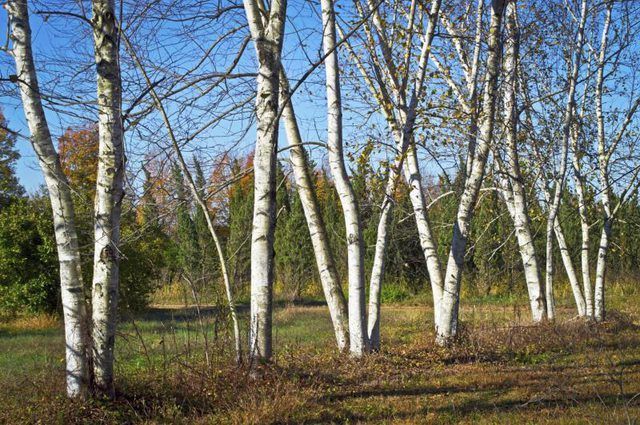Bulbs
Flower Basics
Flower Beds & Specialty Gardens
Flower Garden
Garden Furniture
Garden Gnomes
Garden Seeds
Garden Sheds
Garden Statues
Garden Tools & Supplies
Gardening Basics
Green & Organic
Groundcovers & Vines
Growing Annuals
Growing Basil
Growing Beans
Growing Berries
Growing Blueberries
Growing Cactus
Growing Corn
Growing Cotton
Growing Edibles
Growing Flowers
Growing Garlic
Growing Grapes
Growing Grass
Growing Herbs
Growing Jasmine
Growing Mint
Growing Mushrooms
Orchids
Growing Peanuts
Growing Perennials
Growing Plants
Growing Rosemary
Growing Roses
Growing Strawberries
Growing Sunflowers
Growing Thyme
Growing Tomatoes
Growing Tulips
Growing Vegetables
Herb Basics
Herb Garden
Indoor Growing
Landscaping Basics
Landscaping Patios
Landscaping Plants
Landscaping Shrubs
Landscaping Trees
Landscaping Walks & Pathways
Lawn Basics
Lawn Maintenance
Lawn Mowers
Lawn Ornaments
Lawn Planting
Lawn Tools
Outdoor Growing
Overall Landscape Planning
Pests, Weeds & Problems
Plant Basics
Rock Garden
Rose Garden
Shrubs
Soil
Specialty Gardens
Trees
Vegetable Garden
Yard Maintenance
How to Preserve White Birch Bark
How to Preserve White Birch Bark. The slender, smooth, white-barked trunks of paper birch (Betula papyrifera) grow naturally in the eastern and northern U.S. Native Americans stripped bark from trees to make canoes and vessels for foods. Craft items made from birch bark include baskets, containers and ornamental items. The outer layers of bark...

The slender, smooth, white-barked trunks of paper birch (Betula papyrifera) grow naturally in the eastern and northern U.S. Native Americans stripped bark from trees to make canoes and vessels for foods. Craft items made from birch bark include baskets, containers and ornamental items. The outer layers of bark can come from both living and fallen trees, but living trees may be injured by improper bark removal. The bark itself needs only minimal processing.
Harvesting Guidelines
Choose a tree that has a large enough, unblemished area of bark, or several trees that have pieces that can be sewn or pieced together. You can also harvest from fallen trees, since the bark resists decay and stays useable for a long time. If you're harvesting from trees you own, bear in mind that the area stripped of bark will turn black. Elsewhere, make sure you have the landowner's permission or necessary permission. The harvestable layer of birch bark is about 1/4 inch deep. Just below this outer bark is the tree's darker colored, inner bark that contains the phloem tissue. If you remove the inner bark, you'll kill the tree. It's a good idea to learn birch bark removal from an experienced person.
When to Harvest
Traditional harvesting by Upper Midwestern Native American artisans is in late spring and early summer. The bark is most flexible at this time, and when harvesting cuts are made, it's said that the bark easily separates from the tree with a cracking sound. But U.S. Forest Service for Maine says a better quality bark comes from winter harvest. In winter, the sap hasn't risen and the bark is stiffer and less likely to peel into separate layers after stripping it from the tree. Paper birch grows in U.S. Department of Agriculture plant hardiness zones 2 through 7.
Getting Ready
To remove the bark from a living birch tree, you'll need a sharp knife that's been disinfected with a cloth soaked in rubbing alcohol to prevent the spread of disease. To check for bark quality, make a short, vertical incision in an area near the piece of bark you want to harvest. Then, make a cut at right angles to the first incision, and peel back a flap of bark. Test it for flexibility, thickness, and any tendency for the outer layers to peel away. If you're happy with the quality, begin the bark harvest.
Harvesting Techniques
To remove the bark, score a vertical, 1/4-inch-deep line in the trunk the width of the piece you wish to remove. If the bark is ready to come off, it usually separates itself from the tree. You may have to pry it up with your hands along the incision. With the inner bark left in place, new bark will begin to grow back, with some estimates that it takes about 10 to 20 years before you could harvest another piece from that same area.
Storing Bark
After the bark is off the tree, you can use it fresh without any further preparation. For storage, flatten smaller bark pieces beneath weights and boards and store it flat. For large pieces, such as those used for canoes, store rolls of bark. To rehydrate stored bark so you can work with it, soak it in warm water or steam it over a fire.